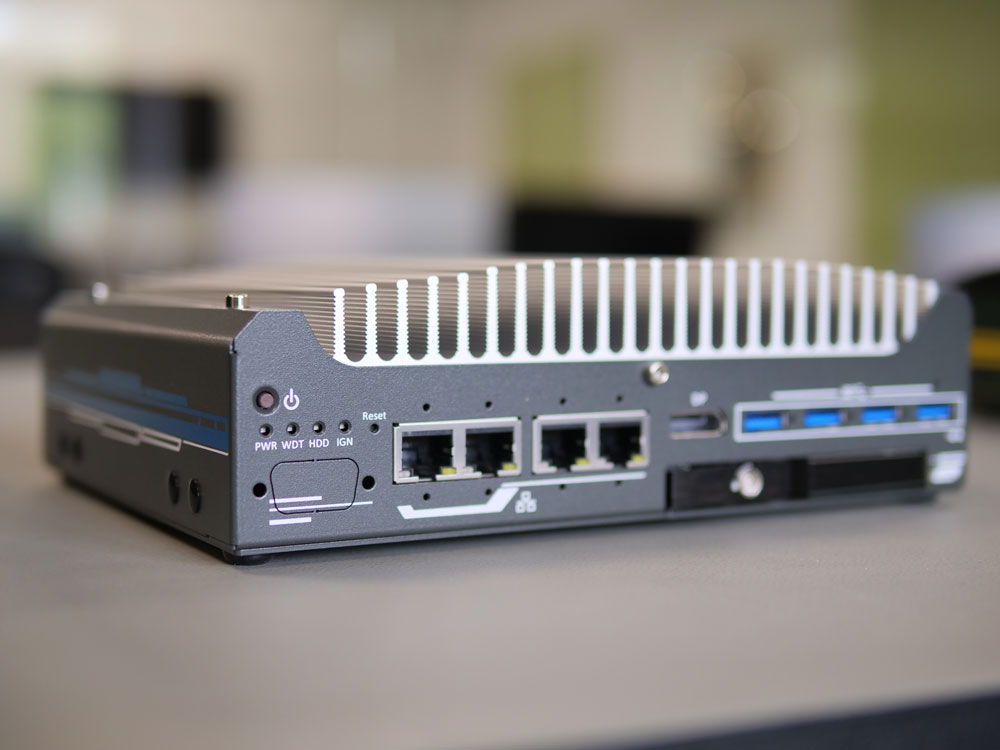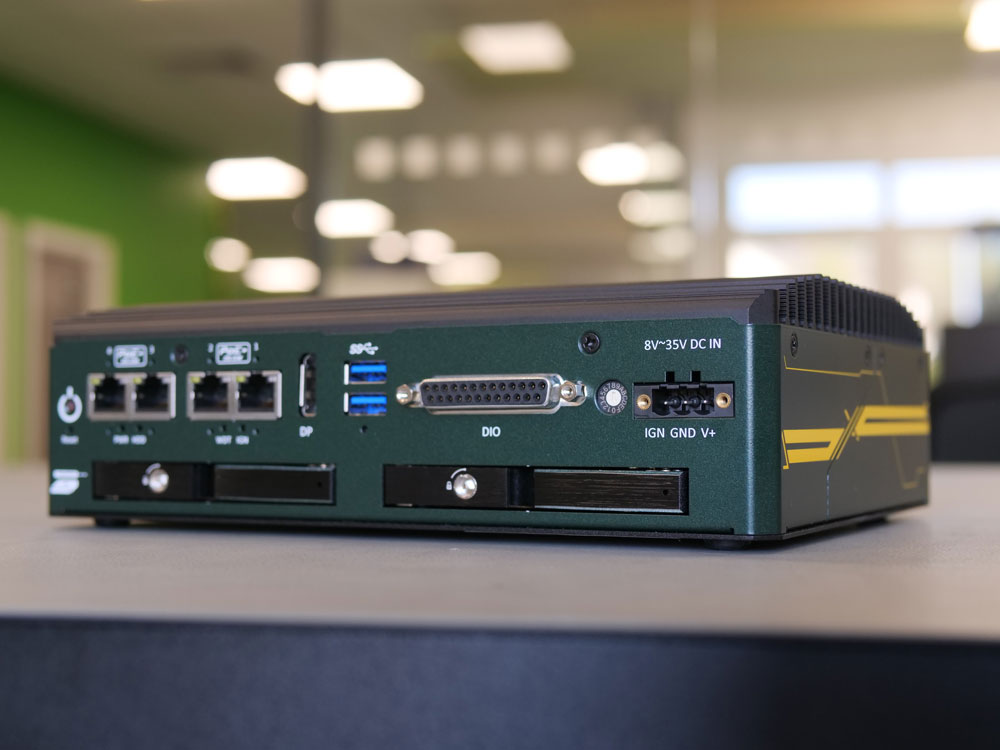Both Edge and Cloud computing are computing paradigms that involve data processing and storage. While these two different approaches can be used for differing needs in the landscape of technology, it’s also possible to take a hybrid approach—choosing between these approaches depends on factors such as latency requirements, data sensitivity, resource availability and specific use cases.
Unsure about what Edge computing involves, or if Cloud computing is the way to go? Knowing which approach to use in your environment depends on several technical factors. So, what are the main differences between Edge and Cloud computing, as well as some other commonly used paradigms, and which approach is best suited for you?
Computing Paradigms
Before exploring the details of Edge and Cloud computing, it’s important to understand what a computing paradigm is. A computing paradigm is the fundamental approach or framework that guides how computing tasks are organised, executed, and managed. Examples of computing paradigms include:
- Sequential computing, which is the most traditional model wherein tasks are executed one after another.
- Parallel computing, in comparison to the above, involves executing tasks simultaneously rather than sequentially.
- Distributed computing, where tasks are distributed among multiple computers, enabling collaboration.
- Grid computing, which is similar to distributed computing, involves sharing resources across multiple geographical locations to solve large-scale problems for a mutual objective.
- Quantum computing, which utilises the principles of quantum mechanics to perform complex calculations that are beyond the capabilities of classic computers.
- Cognitive computing, which involves computing systems that can simulate human thought processes, such as artificial intelligence and machine learning.
- High-performance computing (HPC), which focuses on using supercomputers to solve complex problems as quickly and efficiently as possible.
- Serverless computing, which enables developers to build applications without the requirement for managing the infrastructure, making the process more efficient.
- Edge computing and Cloud computing, both of which will be explored in more depth below.
Edge Computing
In Edge computing architecture, data processing takes place closer to the source of processing, or ‘on the edge’ of the network. This reduces the latency—the time it takes for data packets to travel over the network—by processing the data locally, rather than sending data to a centralised Cloud server for processing. By reducing the need to transmit large amounts of data to the Cloud, this approach also conserves bandwidth and reduces network congestion. This is ideal for situations that require real-time responses, such as industrial automation, and benefits scenarios where a centralised Cloud infrastructure isn’t feasible or practical.
The downside to Edge computing, however, is that there is a limit to the resources available compared to Cloud servers. This can impact the complexity of tasks that can be performed, making it better suited for simpler tasks that can be conducted quickly.

Cloud Computing
Cloud computing is an on-demand approach with advantages for both scalability and flexibility. This approach lends itself to fluctuating bandwidth demands for businesses that are growing/changing in size, or problems that require an adaptable solution. Due to the power, memory, and storage capacity of Cloud servers, it’s possible to manage tasks that require significant resources and has the benefit of being accessible from anywhere with an internet connection.
That being said, if an internet connection is unstable or cannot be guaranteed, this can cause issues in a predominantly Cloud-based system. Additionally, there can be a lack of control over the data as it is held offsite by a second party, making it difficult for higher levels of customisation that may be needed for complex storage requirements. There is also the question of whether security and privacy are an issue, due to the control that the second party has over potentially confidential data, and other concerns such as data breaches. Professional Cloud storage companies do, however, often have data security systems in place including encryption as a fundamental feature to ensure that security standards are met.
Best Usage Cases for Each
As mentioned before, Edge computing is especially useful in scenarios that require real-time responses, including autonomous mobile robots (AMRs), autonomous guided vehicles (AGV) and industrial IoT. It’s useful for predictive maintenance, as the processing and storage of data is brought closer to the equipment, enabling the real-time monitoring of IIoT data such as machine health and diagnostics. Edge computing is also valuable for other AI applications like natural language processing and image recognition that require quick responses and minimal latency.
On the other hand, Cloud computing is best used in scenarios where scalability, accessibility and resource abundance are important, rather than a focus on low-latency and localised data processing. Cloud computing has the added benefit of data backups and disaster recovery in case of local failures for when redundancy is a must. These advantages make it a great choice for big data analytics, software development and testing, and machine learning due to the substantial computational power demands of these applications.
Taking a Hybrid Approach
Many modern applications may require a hybrid approach, or a combination of both Edge and Cloud computing, known as Edge-Cloud hybrid architecture. This approach would involve some processing taking place at the edge, while more resource-intensive tasks are offloaded to the Cloud, combining the strengths of both options. This method enables benefits such as optimised performance, availability, and cost, depending on the requirements of the project or technology, for a more versatile computing environment.

Making the Choice
As you explore the nuances of each approach, remember that your choice should be driven by the unique needs of your applications and business goals. Edge computing excels in providing real-time responsiveness and low latency, perfect for time-sensitive tasks like IIoT and autonomous mobile robots/guided vehicles. Alternatively, Cloud computing shines with its scalability, resource abundance, and accessibility, making it ideal for versatile applications with varying workloads.
Ultimately, the best strategy might involve harnessing the strengths of both paradigms through an Edge-Cloud hybrid architecture. By understanding the trade-offs and combined effects of Edge and Cloud computing, you're better equipped to find the computing method that suits you and achieve your goals with confidence.
Made a choice or just want to know more? At Impulse, we are ready to help you. We can assist with seamlessly integrated Edge devices for real-time insights or discuss the vast scalability of the Cloud for robust analytics, and craft tailored solutions for your distinct needs. Contact us to today to find out how we can help your project with our industrial computing devices.